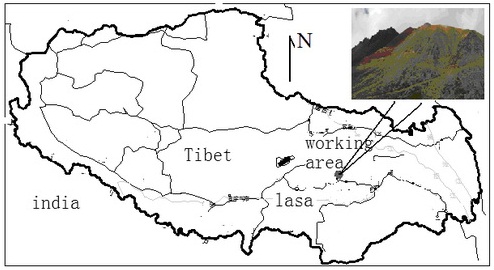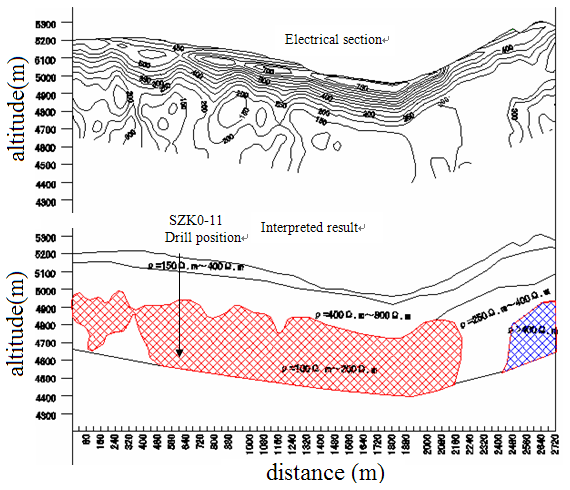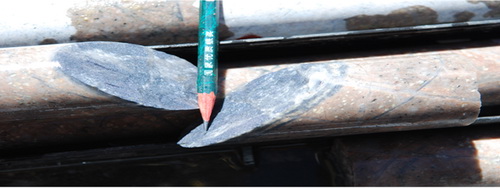Vice Professor XUE Guoqiang and his team discover the large-scale porphyry Molybednum depost in the Sharang area, Tibet, using modified transient electro-magnetic (TEM) exploration method.
To explore these deeper targets, a modified large-loop TEM system is used in the Sharang area. The TEM receiver configuration is redesigned and the late-time resistivity equation of large-loop TEM has also been defined. During data processing, two regions with low resistivity anomalies is discovered. The interpreted results indicate that the main ore deposit is buried 200 m beneath the surface, and extends 600 m vertically. The total anomalous area associated with the ore deposit is estimated at 3.77 km2. The interpretation results are consistent with drilling data acquired after the geophysical survey. The results show that it is the first ultra-large porphyry molybdenum deposit that has been found in Tibet.
The achievement is regarded as key research article by Earth Emphasis Central of Top Earth and Environmental Science Research, which is a Canadian establishment founded in 2011, and aims to provide readership with the latest and most significant research in all areas of Earth Sciences, Geography and environmental Studies.

Figure 1. Surface mineralization and location of survey area. (Image by XUE)

Figure 2. Cross-section based on integrated interpretation. (Image by XUE)

Figure 3. Core from drill hole showing mineralization along a fracture. (Image by XUE)
Xue et al. Discovery of the Large-scale Porphyry Molybednum Deposit in Tibet through Modified TEM Exploration Method. Journal of Enviromental and Engineering geophysics (JEEG).2012,17(1):19-25(Download Here)